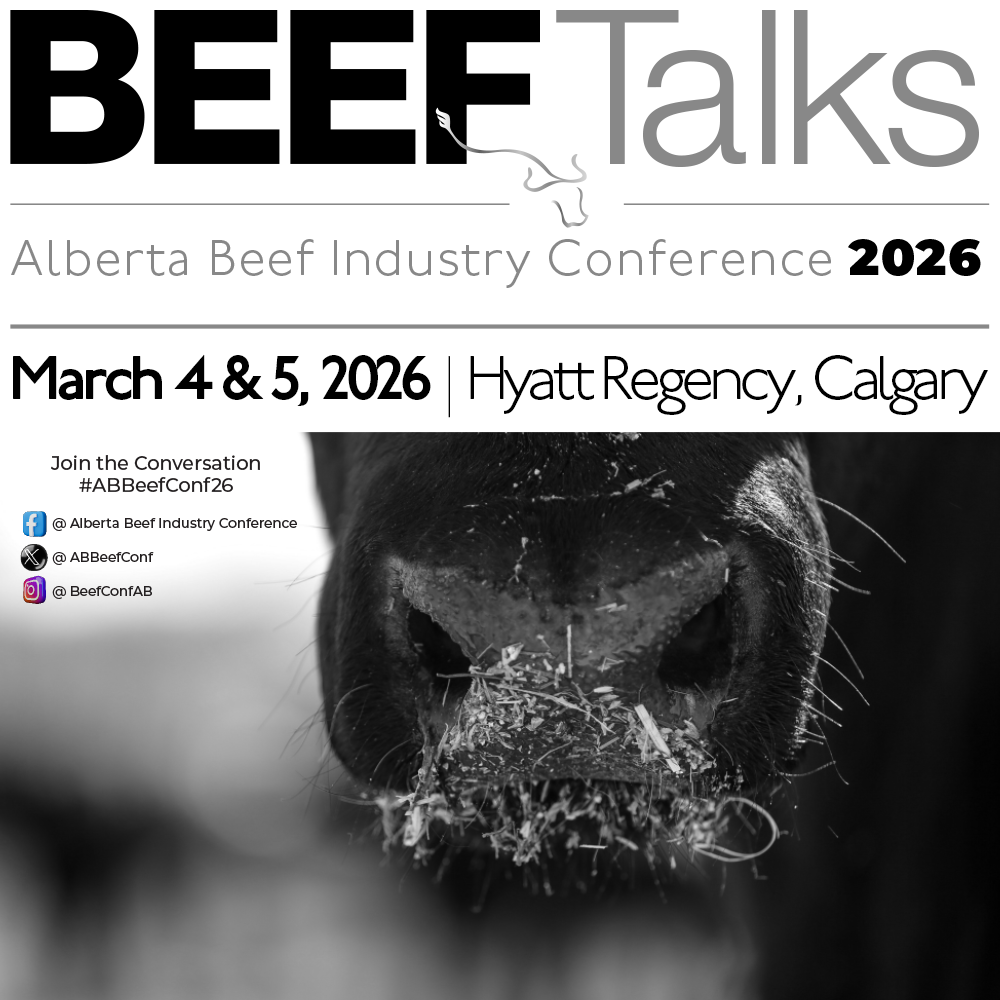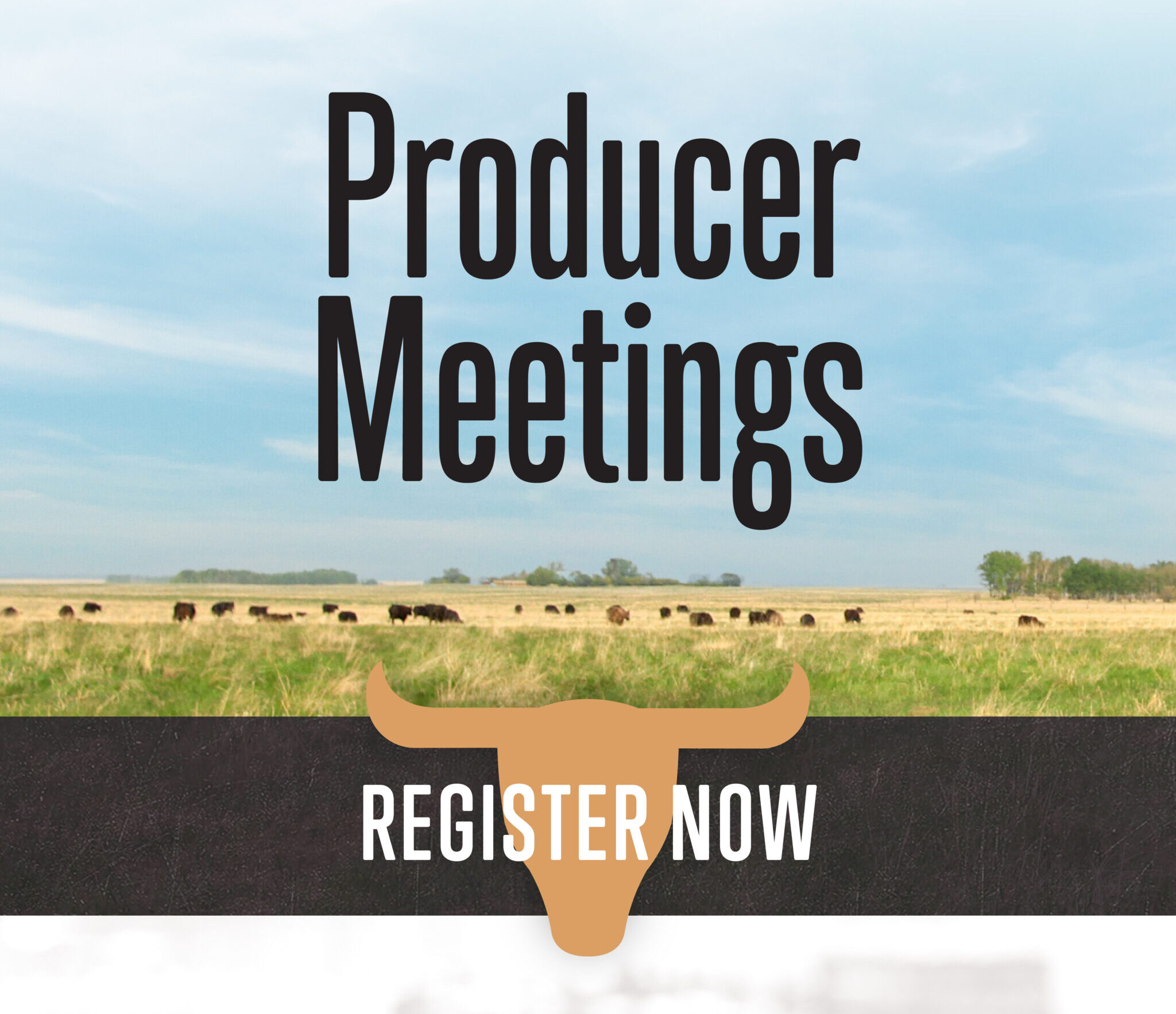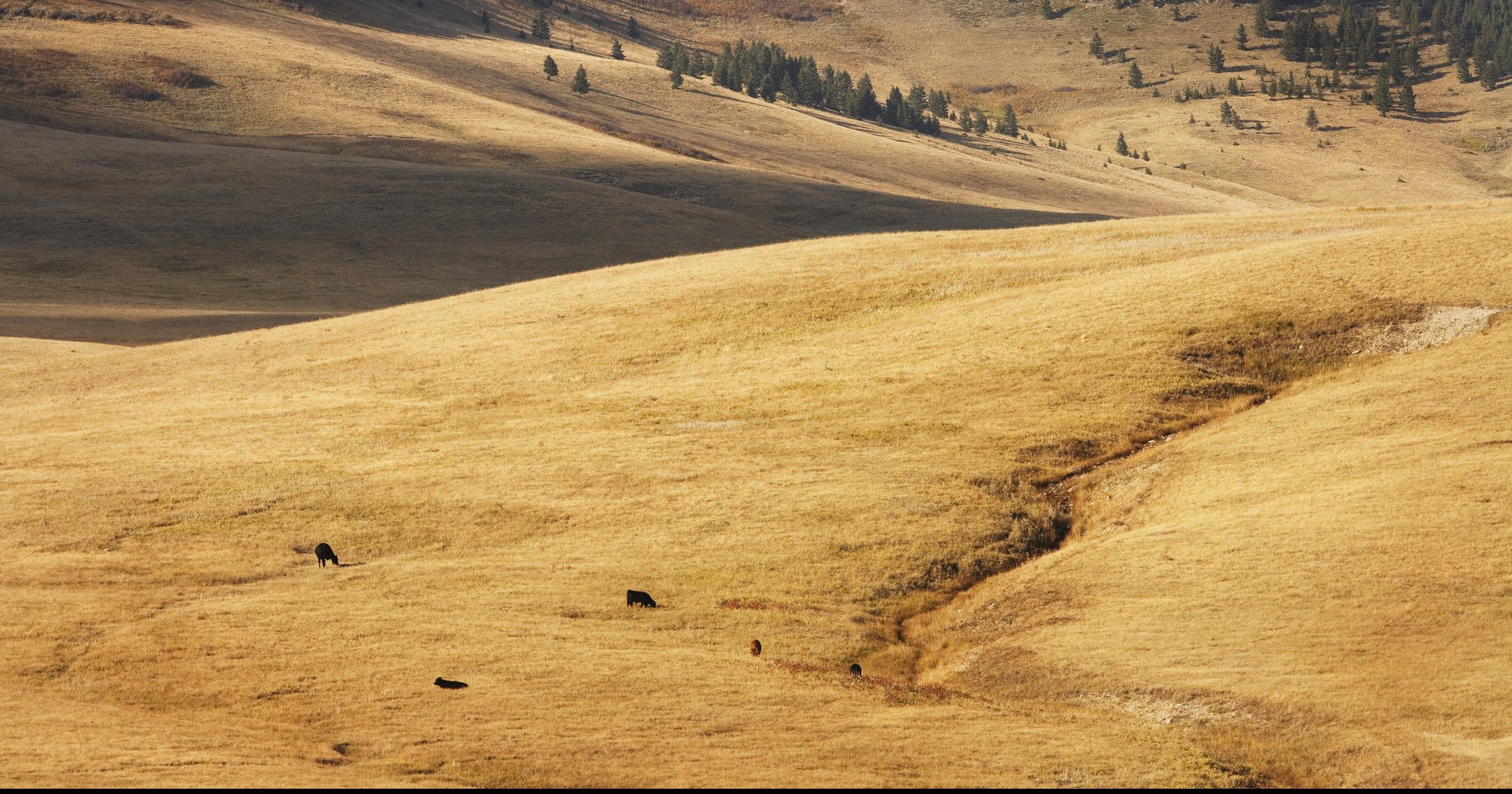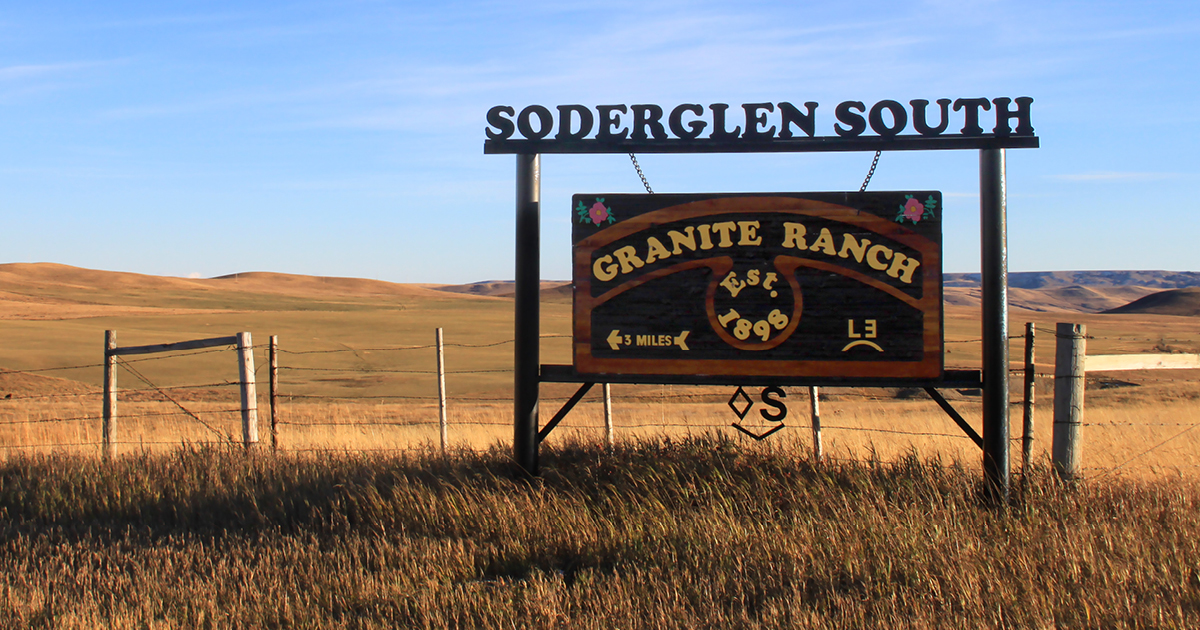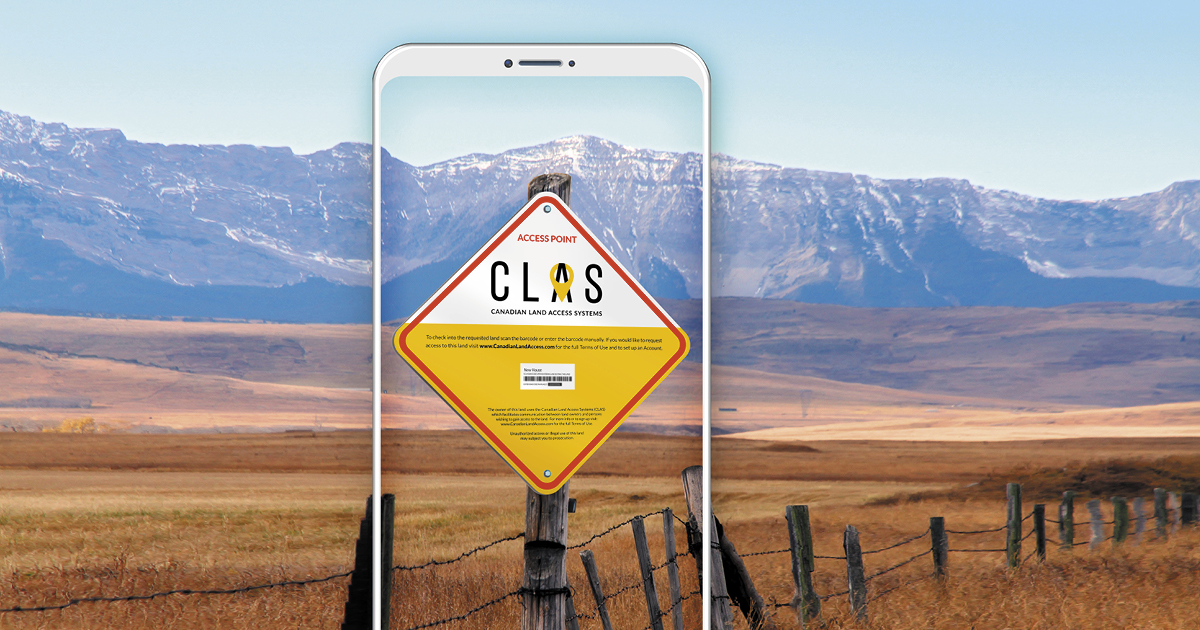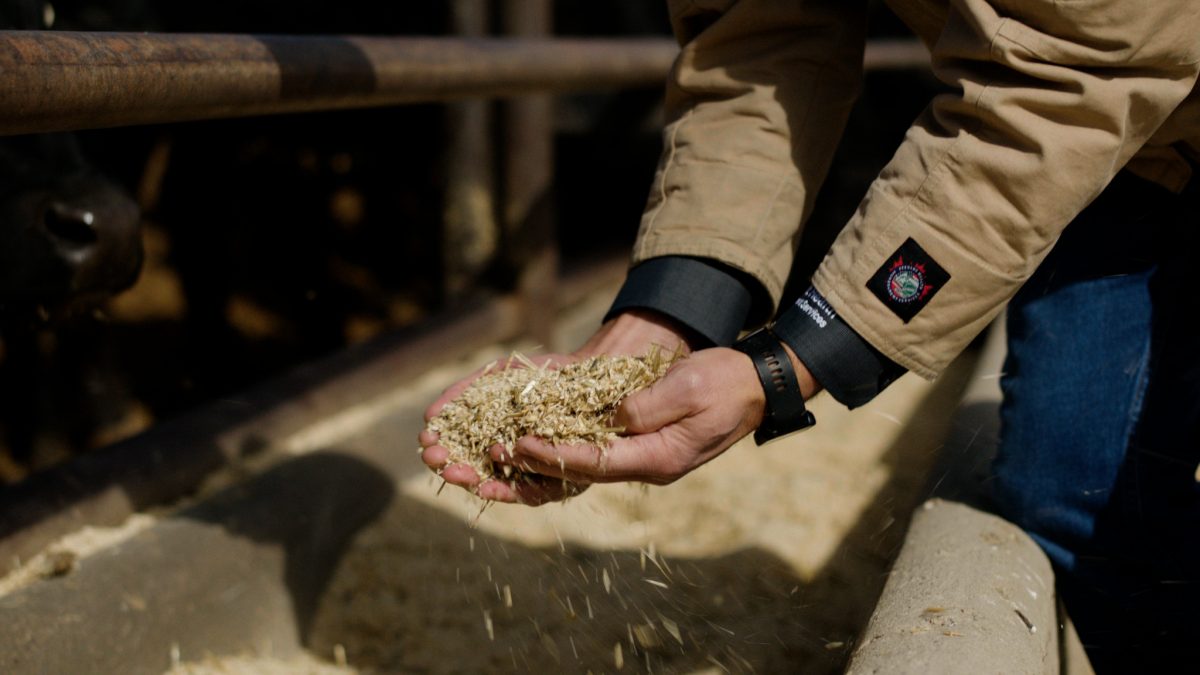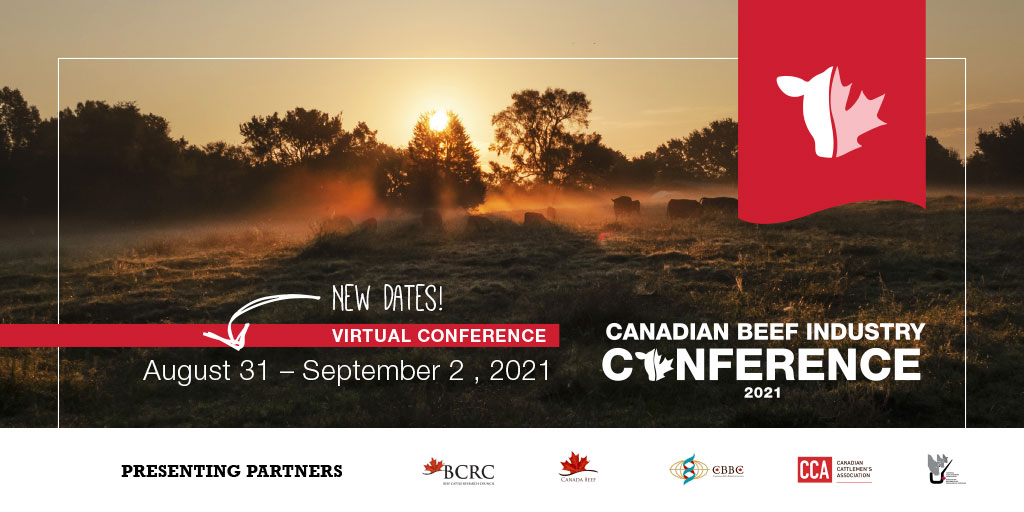AB Direct - Steers
Rail: ---
AB Direct - Heifers
Rail: ---
US Trade- Steers
Rail: ---
US Trade - Heifers
Rail: ---
Canadian Dollar
0.19
Contribute to the update of the National Beef Sustainability Assessment
The Canadian Roundtable for Sustainable Beef is in the process of updating the National Beef Sustainability Assessment (NBSA), expected for release in 2023. The NBSA provides farm to fork national sustainability performance metrics for the Canadian beef sector, from environmental, social and economic perspectives. The metrics from our first Assessment, released in 2016, are widely…
How ag plastics recycling works in Alberta – challenges and opportunities
Cleanfarms and the Alberta Agricultural Plastics Recycling Group (APRG) are publishing a series of information articles for Alberta farmers to develop a shared understanding of the importance of used agricultural plastics resource management. Every farmer in Alberta who uses tools such as plastic grain bags, agricultural baler twine and bale wrap faces the same obstacles…
Groups interested in delivering support for BMPs: apply now
The Government of Canada is looking for support in delivering the On-Farm Climate Action Fund. The Fund will provide $200 million (2021-2024) towards the adoption of beneficial management practices to store carbon and reduce greenhouse gas emissions directly on farms. Support will go specifically to nitrogen management, cover cropping, and rotational grazing practices, though other…
How you can help guide RDAR development: survey
If you have 10 minutes and an interest in offering your thoughts on agriculture research in Alberta, stick around. In October and November, the Results Driven Agriculture Research (RDAR) is developing its strategic framework, which will help guide future investments, activities and efforts. “Our vision is to see Alberta’s agriculture and food sectors reach their…
ABP awards 2021 Environmental Stewardship Award of distinction to Soderglen South
Since 1992, Alberta Beef Producers (ABP) has recognized and awarded cattle operations that demonstrate exemplary environmental stewardship in the province. In April at a Producer Town Hall, the organization presented the Environmental Stewardship Award (ESA) to Scott and Elan Lees of Soderglen South. With every passing year, the dedication of Alberta ranchers to environmental stewardship raises the bar. This year…
Researchers looking for native rangelands in Alberta, Saskatchewan
A team of researchers out of the University of Saskatchewan is looking to culture and identify fungi from native rangelands in a step towards developing inoculums to improve forage productivity and salinity tolerance. What they’ll do The team will take soil samples from saline and non-saline native rangeland in Alberta and Saskatchewan, quantify soil characteristics,…
Can the ag sector achieve zero plastic waste on the farm?
Cleanfarms and the Alberta Agricultural Plastics Recycling Group (APRG) are publishing a series of information articles for Alberta farmers to develop a shared understanding of the importance of used agricultural plastics resource management. Modern farming utilizes technologies and innovative products that can help farmers operate efficiently with a goal of higher productivity yields in both…
Virtual platform assists producers in managing land access
Designed to bridge the gap between landowners and hunting and recreational users, the Canadian Land Access Systems (CLAS) virtual platform gives producers and other landowners the ability to specify rules and limit liability for land access, all through an online interface. “The story of CLAS begins with two guys talking over coffee at the end of a long…
What We’re Reading | Bolus helps producers monitor heat cycles
By Ron Lyseng, The Western Producer Monitoring heat cycles in beef and dairy cows improves breeding success. Better heat detection means higher percentages. Transmitted real-time digital data from within the rumen gives farmers ultimate information. The folks at Moonsyst Smart Rumen Monitoring figured that if researchers can install lights and video cameras inside a cow’s…
What We’re Reading | University of Alberta entrepreneur transforms waste into jet fuel
By Morgan Black, Global News A made-in-Alberta success story is taking flight after a University of Alberta professor found a way to transform agriculture and forestry waste into jet fuel. Dr. David Bressler is the project lead of FORGE Hydrocarbons. He has studied the conversion of agricultural and forestry material into fuels, chemicals and materials for…
Emissions Reduction Alberta commits $33 million to tech innovations
Photo: Supplied by ERA Emissions Reduction Alberta (ERA) is committing $33 million to 17 technology innovation projects in the province, through the Food, Farming, and Forestry Challenge. The technologies selected are all in pilot, demonstration, or first-of-kind commercial deployment stage, and include six projects in the agriculture and agri-food sector, with five directly applicable to…
CBIC returns for another virtual event Aug 31-Sept 2, 2021
Canada’s national beef conference will be hosting the industry virtually for the second year in a row! CBIC has moved a few weeks later and will be hosted from August 31 – September 2, 2021, with more details being released in the upcoming months. Each day will host a variety of sessions/courses and will give…


